Just about every household gadget we own runs on 1.5 volt batteries of one size or another. Wouldn't it be great if you could reuse all of those dead AA, AAA, and D batteries after they've passed on? It turns out you can make a simple circuit called a "Joule Thief" to reanimate the undead flesh of your deceased batteries and create a zombie battery.
Materials
- LED
- 1k resistor
- 2n904 transistor
- Thin magnet wire
- Solder
- Soldering iron
- Battery clip
- Ferrite core
- Dead battery
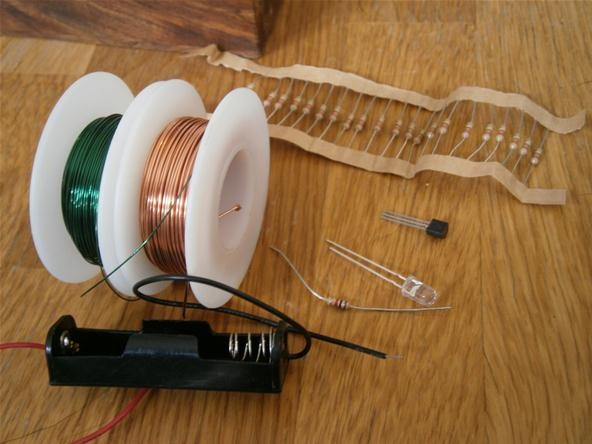
Step 1: Prepare the Transistor
Lay the transistor on a table with the flat side facing up. Spread the pins of the transistor for easy soldering.

Bend the middle pin back and up behind the black plastic case of the transistor.

Step 2: Place the LED
The LED is a polarized component. This means it will only work when it is facing the right way in our circuit. The positive lead of the LED is usually longer. Below, the positive lead is on the left, the shorter negative lead is on the right.

Place the LED on the transistor as shown below, with the positive side facing to the right.

Now, solder the LED to the transistor.

Step 3: Place the Resistor
Place one end of the resistor on the middle pin of the transistor. Make sure the components stay in contact while you solder them.

Step 4: Wrap the Coil
This is where the dark magic happens. Wrap two enamel coated wires around the edge of a ferrite core. More wire will mean a stronger joule thief and a brighter LED. When you have wrapped the core, you should have two pairs of end wires. Connect one pair together as shown below on the right. Splay the other pair apart as shown below on the left.

Step 5: Attach Coil
Remember to burn away the enamel on the end of the thin wire with a lighter. With the wires burned and exposed, solder one free coil wire to the 1k resistor. Solder the other free coil wire to the positive side of the LED.

Below, we have to solder a coil wire to the intersection of the transistor and the positive leg of the LED.

Below, notice that the end of the green enameled wire is exposed because the enamel was burned off.

Step 6: Solder Clip
Now that the main joule thief is done, we can attach a battery clip for easy use. The joule thief will work without the battery clip, but only if you hold the wires in place with your fingers.

The intertwined end of the coil connects directly to the positive battery wire. Be sure that both wires in the pair are soldered to the red wire.
The black battery wire connects to the negative end of the LED.

For those who need the schematics, this is what we just built:

When the current flows through the coil and around the magnet, it produce an electromagnetic field (EMF). When the coil is not powered, the field collapses and produces an EMF kick in the coil that is of a higher voltage than the source was. The last of the electricity gets stored up in the field and released in large bursts to flicker the LED. The magnetic field oscillates so quickly that the blinking LED appears solid to the naked eye.
Now, just plug your dead battery into the circuit and enjoy the eerie unblinking glow of the undead watching you as you sleep. This project works great for night lights and even garden path lights when paired with a light sensor.
What could you light up with all your zombie batteries? Post your ideas and discussion in the forum.
Diagram image from Evil Mad Scientist Laboratories
Just updated your iPhone? You'll find new emoji, enhanced security, podcast transcripts, Apple Cash virtual numbers, and other useful features. There are even new additions hidden within Safari. Find out what's new and changed on your iPhone with the iOS 17.4 update.
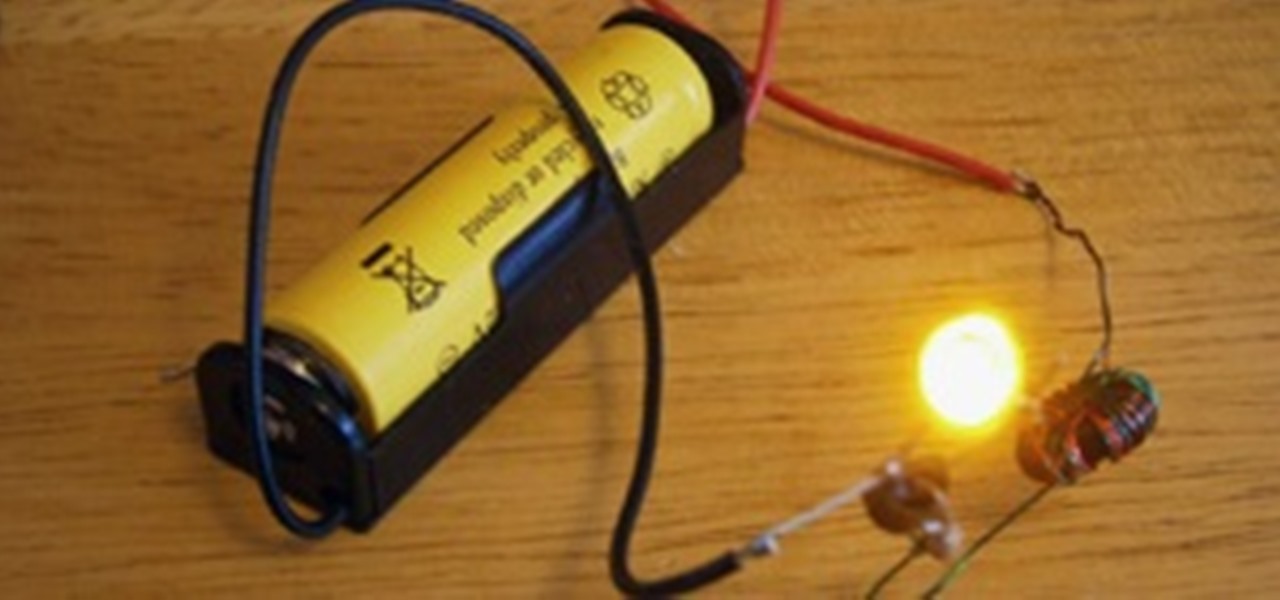






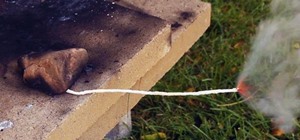











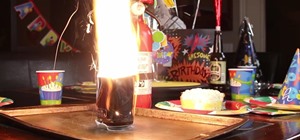


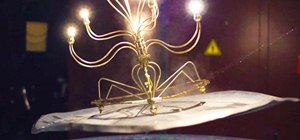
11 Comments
great article!!! i love the title as well, "Zombie Batteries" lol!
Thanks!
Muito bom. Vou fazer isso com meus alunos e surpreendê-los.
Cool!
What about using some other common transistors in place of 2n904 ? can u recommend some more transistors??
Any kind of cheap NPN transistor should work.
great... thanx 4 innovative project
how long will light from the dead battery last?
That depends on your LED, your battery, and your wire coil.
Very cool going to make this ! Thank you for this post!
instead of putting an led on the transistor could theoretically attach a second battery case and use this circuit to charge reusable batteries with you're dead or dying batteries? also would it be possible to take and add a secondary circuit to where the led is and set it to charge up a few capacitors? could you also add a larger battery pack to the front and add in a few more batteries or an infinite number of dead batteries? I like this idea and just seeing the led application has spawned many a idea in my head.
Share Your Thoughts